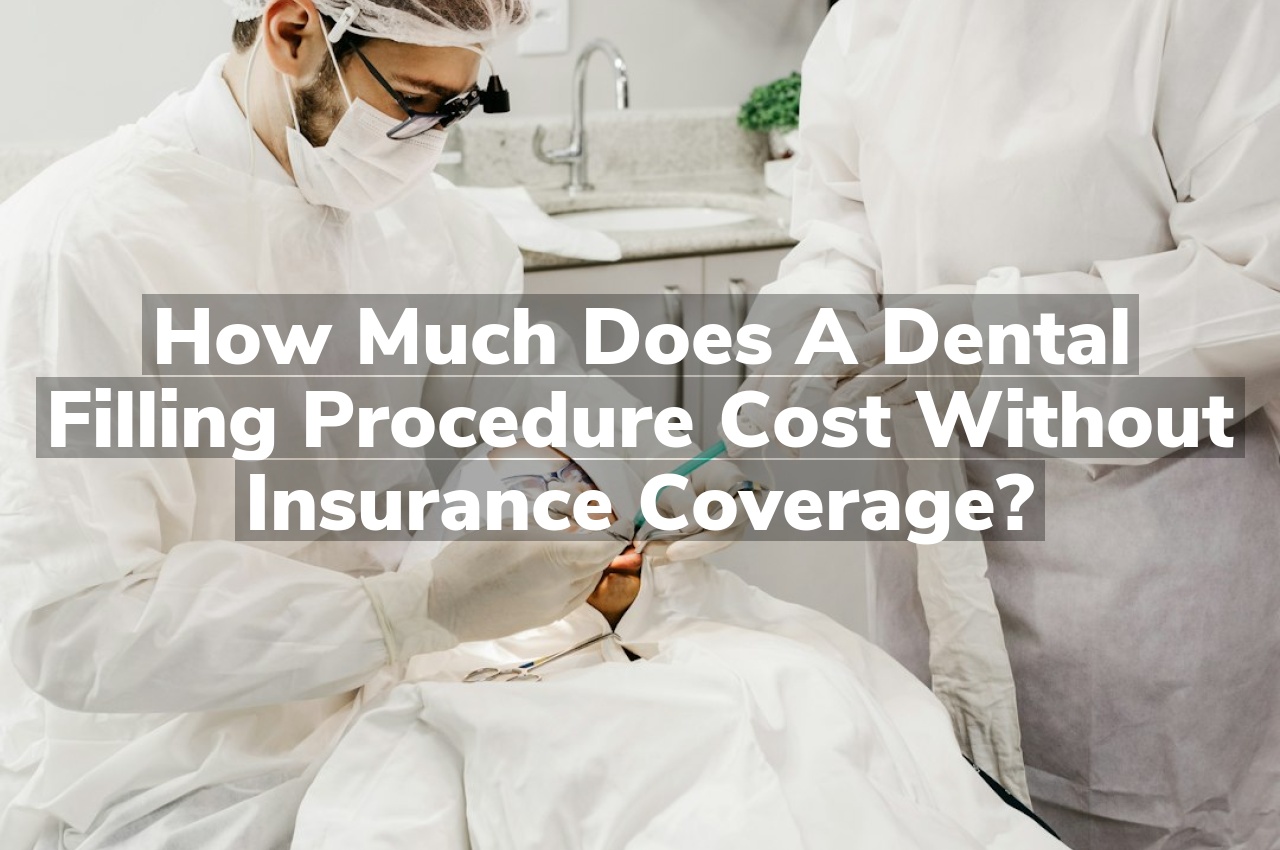Wondering how much a dental filling procedure might set you back without insurance coverage? At Midtown Dental, we understand that navigating dental costs can be daunting, which is why we’re breaking down the factors that affect the price of fillings and providing you with an estimate to help plan your visit with confidence.
Factors Affecting Filling Costs
The cost of a dental filling procedure without insurance can vary widely depending on several factors. One of the primary determinants is the type of material used for the filling. Amalgam fillings, made from a mixture of metals, are typically the most affordable option, while composite resin fillings, which are tooth-colored and less noticeable, tend to be more expensive. The size and location of the cavity also play a significant role in the cost; larger cavities and those located in harder-to-reach areas require more time and material to fill, thus increasing the price. Additionally, the dentist’s experience and geographic location can influence the overall cost, with practices in urban areas often charging more than those in rural settings.
Another factor to consider is the complexity of the procedure. If there is extensive decay or if the tooth structure needs to be rebuilt, this can add to the cost. Furthermore, aftercare is crucial for the longevity of your dental filling and overall oral health. It’s important to follow a proper diet to ensure your filling sets correctly and to avoid any unnecessary complications. For guidance on post-procedure care, you might want to read about What should you eat after undergoing a dental filling? This resource can provide valuable tips on maintaining your dental work and ensuring a smooth recovery.
Types of Dental Fillings
The cost of a dental filling procedure without insurance can vary significantly depending on the type of filling material used. Amalgam fillings, made from a mixture of metals, are often the most affordable option and have been used for decades due to their durability. Composite fillings, on the other hand, are made from a resin that matches the color of your teeth, offering a more aesthetic solution but typically at a higher price point. Other materials include gold and porcelain, which are considered more premium options and can be considerably more expensive. The choice of material not only affects the cost but also the longevity and appearance of the filling.
When considering a dental filling procedure, it’s important to consult with Dental Filling Experts in Denver who can provide professional advice on the best type of filling material for your specific needs. They will take into account factors such as the location of the cavity, the size of the area that needs to be filled, your dental history, and aesthetic preferences. By choosing the right type of filling, you can ensure a successful and cost-effective dental treatment.
Payment Options for Uninsured Patients
For those without insurance, the cost of a dental filling can be a significant concern, but there are several payment options available to manage the expense. Many dental clinics offer in-house financing plans, allowing patients to pay for their treatment in more manageable installments. Additionally, some dentists provide a sliding scale fee based on income, making it more affordable for lower-income individuals. Third-party financing through credit companies specifically for healthcare services can also be an option, often with promotional periods of low or no interest. Discount dental plans are another alternative, offering reduced rates on various procedures for an annual membership fee. It’s important to discuss these options with your dental care provider to find the most suitable and cost-effective solution for your filling procedure.
Cost Comparison by Region
When considering the cost of a dental filling procedure without insurance, it’s important to recognize that prices can vary significantly depending on your geographic location. In urban areas, where the cost of living is typically higher, you can expect to pay more for dental services. For example, patients in cities like New York or Los Angeles may encounter higher fees than those in rural areas. Additionally, different regions of the country have varying price points; the Northeast and West Coast generally report higher costs compared to the Midwest or the South. It’s advisable to research and compare prices from multiple dental practices within your region to ensure you receive a fair quote for your filling procedure. Keep in mind that even within the same city, prices can differ based on the dentist’s experience, the complexity of the filling, and the materials used.
Reducing Out-of-Pocket Expenses
When facing the cost of a dental filling procedure without insurance, reducing out-of-pocket expenses becomes a priority. One effective strategy is to explore dental discount plans, which often offer reduced rates on various treatments for an annual fee. Additionally, consider seeking care at dental schools where supervised students provide services at lower costs. Negotiating payment plans with your dentist can also spread the financial burden over time. Don’t forget to inquire about any available promotions or sliding scale fees based on income, as some clinics offer these options to make dental care more accessible. By researching and utilizing these cost-saving measures, you can significantly lower the financial impact of your dental filling procedure.
Conclusion
For personalized cost information on dental fillings, call Midtown Dental at (303) 377-2345 or read our reviews on Google Maps.

